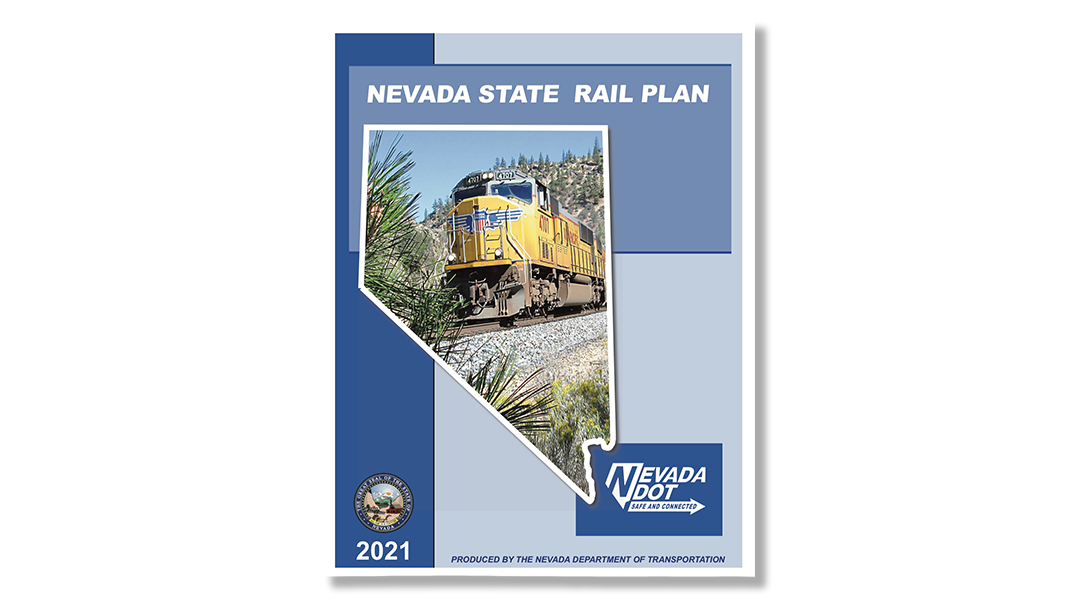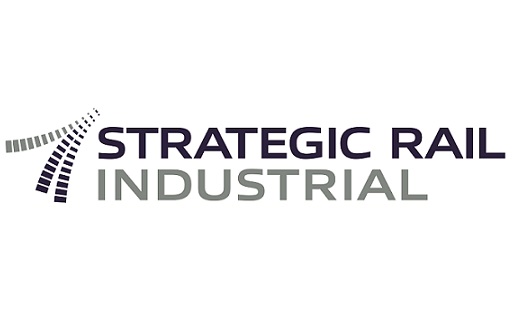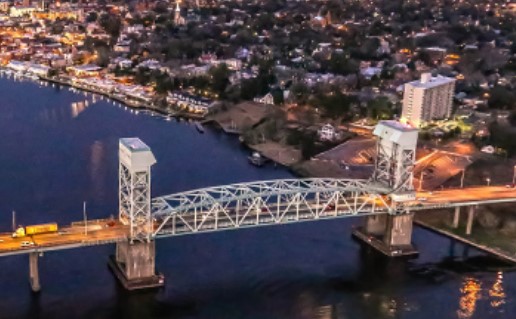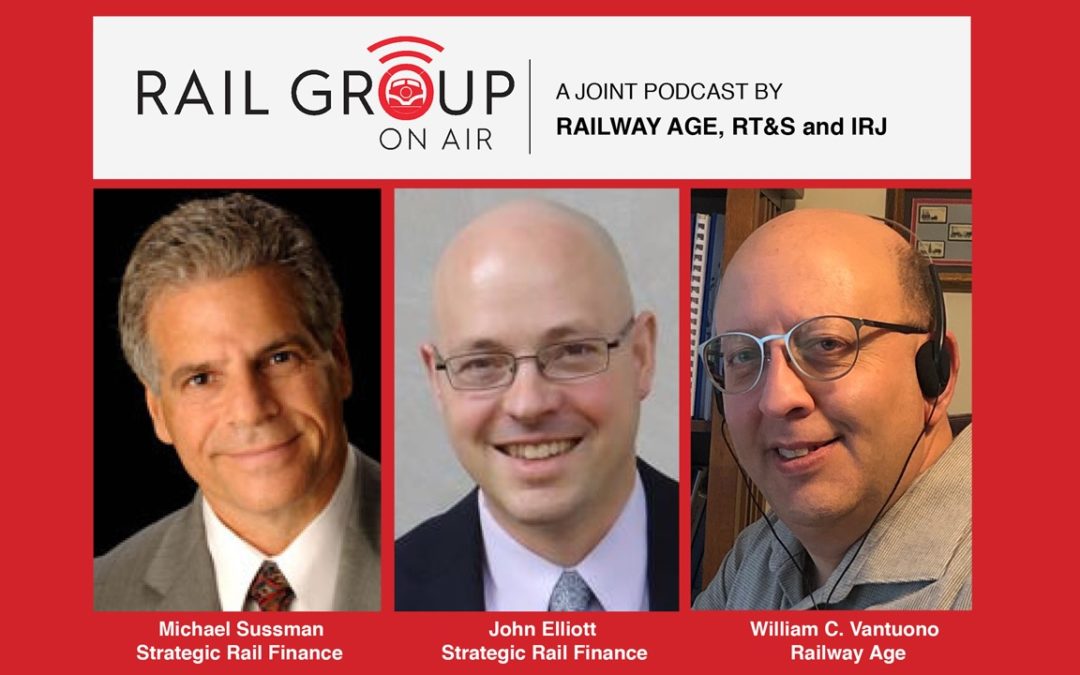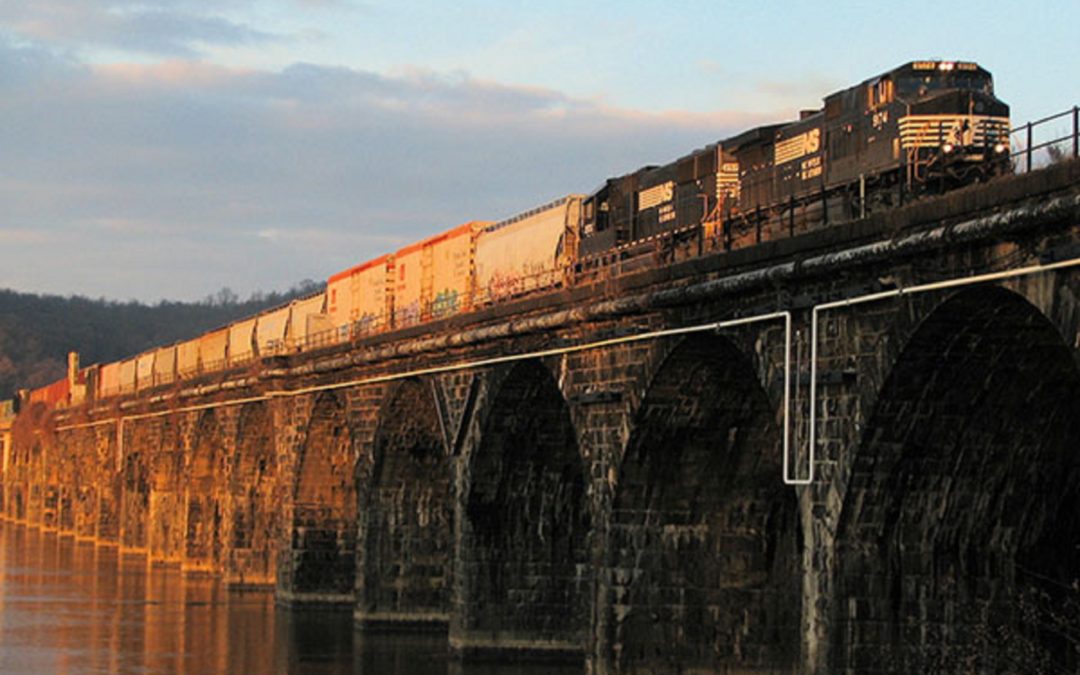
Collaborative Infrastructure Development
Collaborative Infrastructure Development is a stakeholder process that unites seemingly divergent interest groups into a coherent whole in order to realize the synergies of rail-enabled economic development. The recently completed 2021 Nevada State Rail Plan (NVSRP) and its early results demonstrate the potency of this signature approach to North American transportation planning.
Collaboration is a common buzzword in management theory and tech startup culture, yet it is rarely the focus among stakeholder groups at local, regional, state and national levels. Achieving meaningful collaboration at scale is no facile task, and the railroad industry, with its history of The Great Railway Wars and tracklaying races is no exception.
Despite the industry’s track record for sometimes fierce competition, Strategic Rail Finance’s (SRF) work and vision, along with affiliated non-profit OnTrackNorthAmerica (OTNA), is to discern the industry’s collaborative opportunities to deliver sustainable infrastructure that benefits communities. SRF inaugurated an exemplar of this approach in the rail freight space with the recent publication of the Nevada State Rail Plan – the state’s future-facing blueprint for leveraging the benefits of rail freight to businesses, communities and the environment. Collaborative Infrastructure Development is a planning and implementation process that facilitates superior outcomes compared with the current default mode of operating in compartmentalized silos without reference to the greater systemic whole. It is SRF and OTNA’s unique contribution to freight planning to help shift this paradigm.
The Nevada State Rail Plan – Heralding A New Era
For SRF, collaboration is not an accidental byproduct of producing a state rail plan, but a conscious design that informs the freight planning process from conception to publication. SRF and OTNA have developed a robust system for convening focused dialogue among economic development entities, landowners, business executives, community leaders, elected officials, and others. Complete with ground rules and expert moderators, these Intelliconference sessions inevitably surface new ways to share infrastructure, pool investments, align on sustainability objectives and examine rather than resist opposing viewpoints. For the NVSRP, SRF facilitated these dialogues across Nevada by first organizing the state into eight geographical regions, each with its own governing jurisdictions, business environment and rail network configuration. Geographic grouping by common characteristics facilitates effective and place-based stakeholder collaboration on rail-based economic development. In all, the combined regions represent more than 450 stakeholders willing to move beyond their narrow vested interests to consider their role in the larger context of a statewide system of goods movement, investment capital and environmental concerns. Such a massive stakeholder engagement is rarely attempted on a statewide basis.
Because it is inefficient and impractical to consider rail plans without reference to holistic systems, the plan’s stakeholder outreach targeted the Nevada business community to optimize supply chains and freight corridors. Thus, the plan’s Collaborative Infrastructure Development approach aggregates the individual supply chain needs of operators and businesses into regional and corridor-level planning. Capital projects and operating plans from separate organizations can be interwoven to achieve the necessary volumes to warrant rail infrastructure investment and Class 1 railroad involvement. Business leaders throughout the state were queried about the possibility of sharing existing or proposed rail facilities and infrastructure – a solution that achieves economies of scale beyond the scope of most individual operators. Once the mutual benefits of such shared use arrangements are articulated to the business community, it is easier to achieve consensus and to scale the railcar volumes that are necessary for shortline and Class 1 railroads to justify new or enhanced rail services.
The Southwest Supply Chain Coalition
One specific result of the plan’s deep dive into the nuances of Nevada’s freight activity is the formation of a new public-sector initiative that brings together the state economic development agencies of California, Nevada, Utah and Arizona. The Coalition recognizes that supply chains do not end at state boundaries and states that are inextricably linked are often growing without interstate coordination. For example, California’s supply chains have been migrating east into Nevada. Lower land prices, reduced construction and labor costs, a more favorable tax environment, and less prohibitive development regulations have all conspired to facilitate largely unplanned growth in warehouses and distribution facilities serving the more populated coastal markets in California. This growth is catalyzed by market forces, not prudent supply chain and logistics management and smart land use planning, with the consequence that business development is occurring in Nevada without rail service and the efficiencies of rail-enabled development. With this reality in mind, the Coalition was conceived to more efficiently plan and manage the high volume of freight moving between all four states represented. The Alliance will achieve this by redressing the numerous problem areas unique to the region’s interstate supply chains. However, because other regions also face challenges to planning and managing their interstate freight movements, similar coalitions modeled after this Southwest prototype will likely be adopted around the country.
The Southwest Supply Chain Coalition will address:
- The lack of appropriate regional supply chain systems planning
- Creation of new avenues for communication to facilitate a balance between community needs and the interests of freight transportation providers and shippers
- The absence of multi-state coordination between public agencies, port authorities, economic developers, businesses, communities, and transportation providers
- The chaotic expansion of California’s supply chain into Nevada and elseewhere for warehousing, distribution, and production
- The need for additional intermodal service to offset undue reliance on trucks
- The crucial role of sustainability isssues in industrial development
- The incorporation of community input into plans and investments
As the Nevada State Rail Plan’s prototyping of Collaborative Infrastructure Development demonstrates, conflicts of interest are often only apparent from the limited vantage of individual stakeholders operating within entrenched silos, but these illusory conflicts can sometimes be overcome by experienced third-party industry professionals who can discern operating benefits outside the silos. Place-based planning and the context-sensitive organization of stakeholders into discrete geographies enables stakeholders and policymakers to make sense of complex industry relationships and to see themselves as part of a larger whole that benefits from the synergies and mutual benefits of robust collaboration.
At best, plans that cannot be implemented are merely academic exercises; at worst, they are exercises in futility that squander valuable time and resources, cause fragmentation of coalitions, and disillusion and alienate the community. As the Nevada State Rail Plan attests, collaborative infrastructure development is a necessary ingredient in state rail plan implementation. While Nevada, like every state, has unique conditions, the challenges facing collaborative rail-enabled economic development are endemic nationwide. Success in Nevada is proof of concept that rail planning can be a paragon for collaborative infrastructure development in all fifty states. As practiced and evolved by Strategic Rail Finance over decades, this approach has been lauded by public and private sector influencers for its nonpareil capital generation and mutual stakeholder benefits.
Collaborative Infrastructure Development Outcomes:
- Pinpoints the particular business and commercial opportunities that will maximize return on transportation investments
- Establishes specific commercial and environmental performance metrics from current baseline to future targets, providing a framework for project success
- Leverages the inherent fuel and space efficiencies of railroads toward reducing the environmental and spatial impact of overall freight movement
- Capitalizes on opportunities to deliver both public benefits and private-sector financial returns from transportation improvements
- Intelligently integrates limited public resources with private-sector capital to fund improvements that neither can afford independently
- Frames logistics and freight transportation as a land use issue, applying sound planning principles to better utilize increasingly limited land and space
- Delivers long-term transportation improvements by inviting all stakeholders into mutually beneficial commitments
- Applies to local rail development as well as to major trunk lines and projects of national significance
- Provides a new context for addressing citizens’ concerns and energizing their commitment to a workable community
Download the white paper version of this article here.

